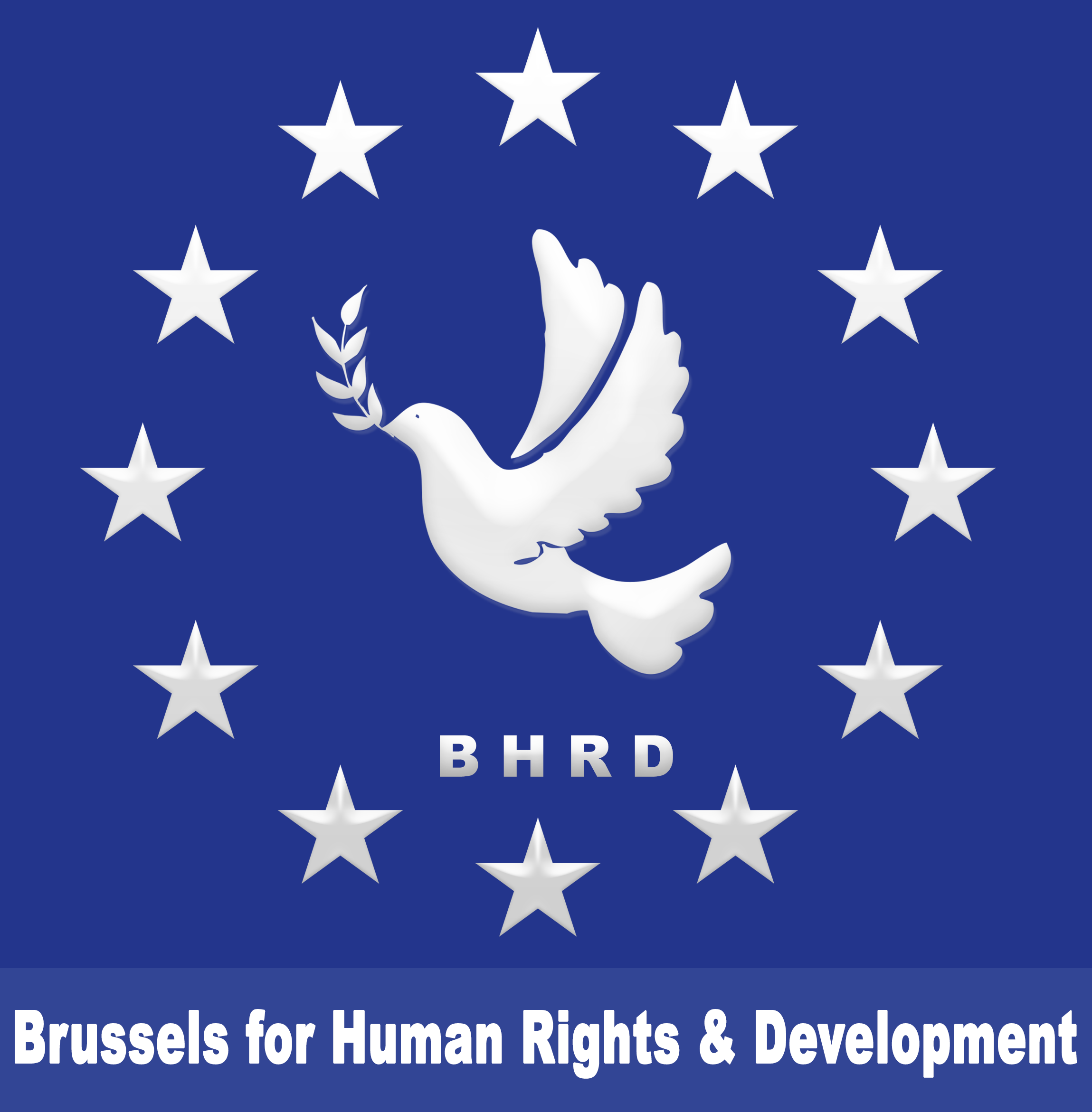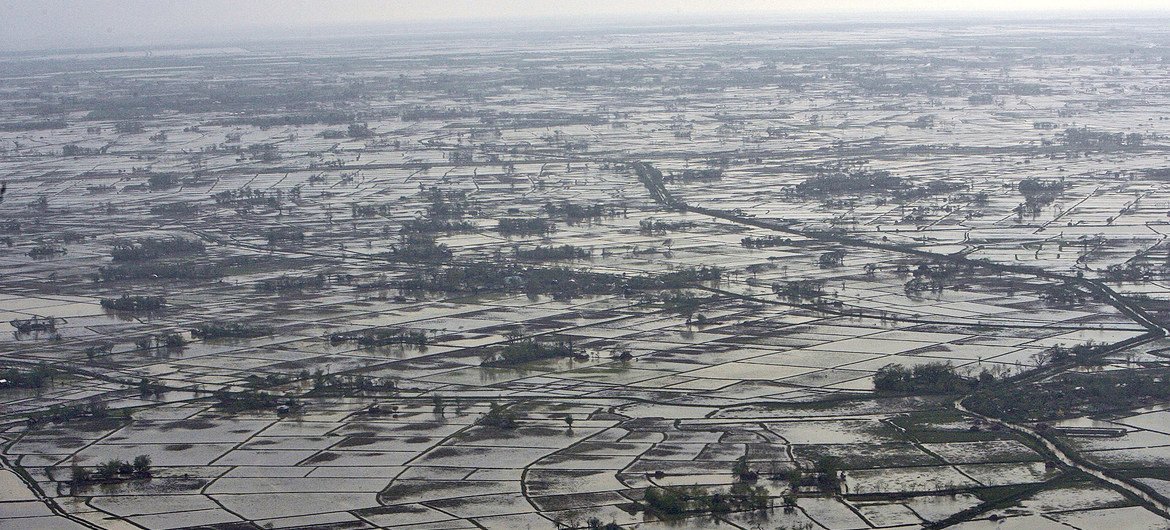On August 26, 2024, humanitarian teams in Myanmar began distributing emergency aid to families impacted by severe monsoon flooding in the Ayeyarwady Delta, a crucial rice-producing region where nearly half a million people may be affected.
The UN World Food Programme (WFP) reported that significant areas of farmland have been submerged, creating an urgent need for basic necessities such as food, clean water, and sanitation in the hardest-hit areas.
This disaster exacerbates an already dire situation across Myanmar, which has been suffering from escalating conflict, displacement, and severe threats to civilian safety following a military coup over three years ago.
WFP’s initial relief efforts target approximately 35,000 individuals currently taking refuge in evacuation centers within the Ayeyarwady Delta. The provided food packages include rice, fortified biscuits, and nutritional support aimed at preventing acute malnutrition, particularly among mothers and children.
Sheela Matthew, WFP’s Representative in Myanmar, expressed concern that the flooding may drastically reduce the region’s monsoon rice production, potentially endangering the food security of small-scale farmers.
Widespread Challenges
Matthew highlighted that the consequences of the flooding are expected to resonate not just within the Ayeyarwady Delta but across broader regions of Myanmar. As a result, WFP is working to mitigate potential food shortages.
According to the Myanmar Humanitarian Needs and Response Plan for 2024, even before the floods, 1.5 million people in the Ayeyarwady region were already in need of humanitarian aid – roughly one-quarter of the population. The UN Office for the Coordination of Humanitarian Affairs (OCHA) had previously reported that 18.6 million people nationwide were in need of assistance. The crisis has had a particularly devastating impact on children, with six million in need due to displacement, disrupted healthcare and education, food insecurity, malnutrition, and protection risks such as forced recruitment and psychological distress.
WFP’s Return to the Delta
This marks the WFP’s first aid mission to the Ayeyarwady Delta in nine years; the last intervention was in 2015 after widespread flooding. The organization has also extended support to 130,000 people in other flood-affected areas of Myanmar, including Bago, Kachin, Kayin, Magway, Mandalay, and Sagaing. The WFP is also assessing needs in Rakhine and is prepared to respond as necessary.
Although many areas affected by the floods have also been impacted by ongoing conflict, the Ayeyarwady Delta and parts of Bago remain relatively conflict-free, allowing for focused relief efforts.
see the original news


 العربية
العربية